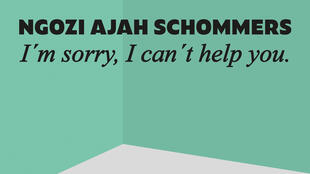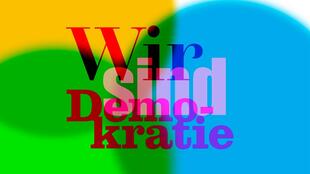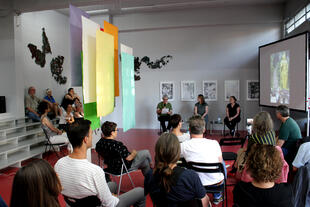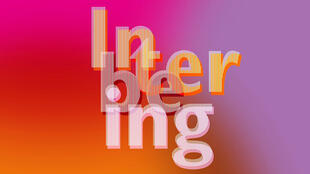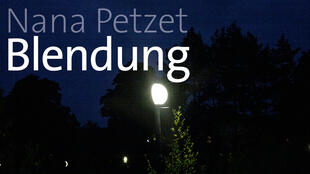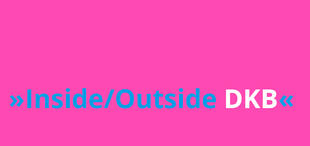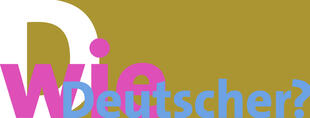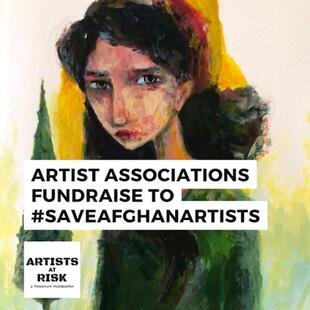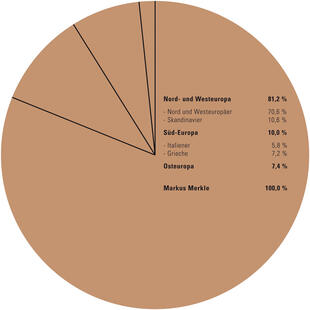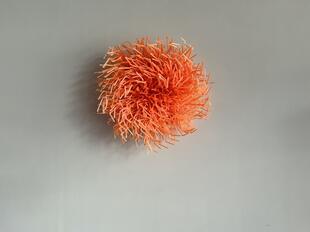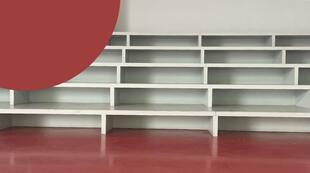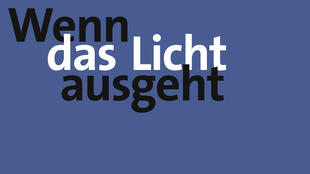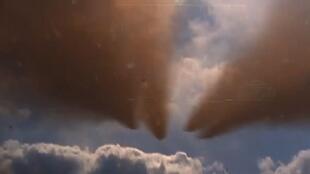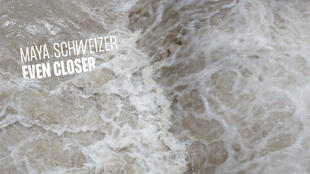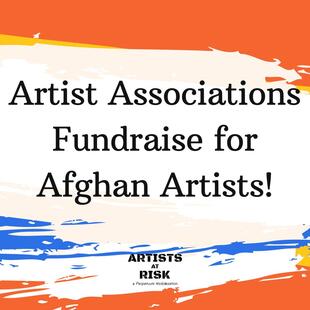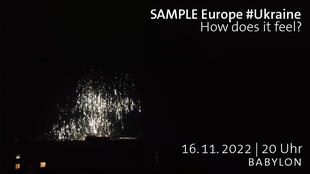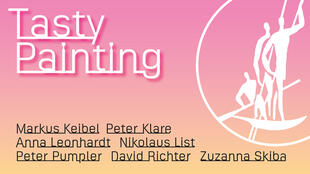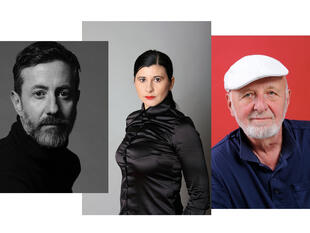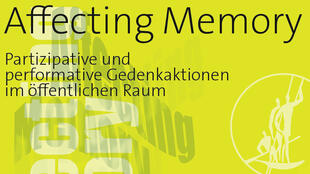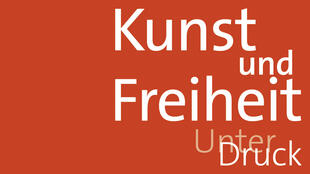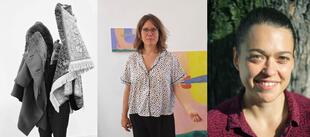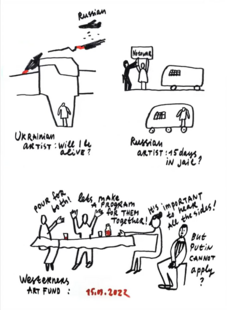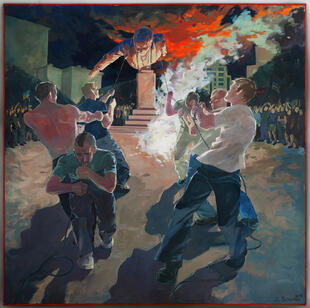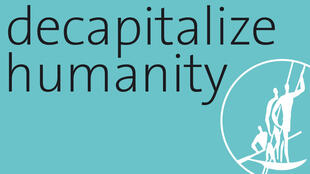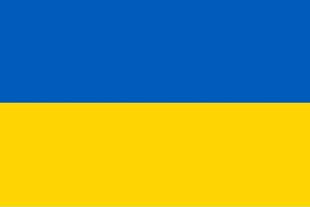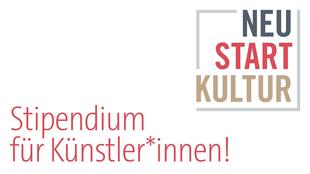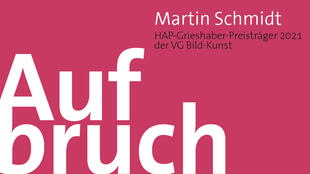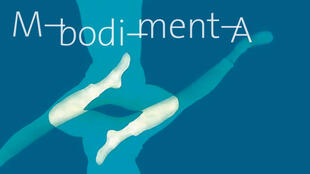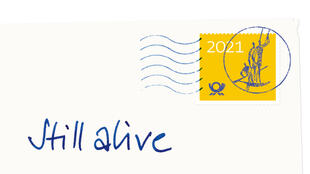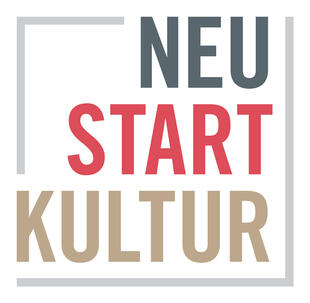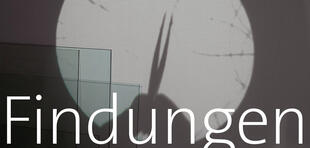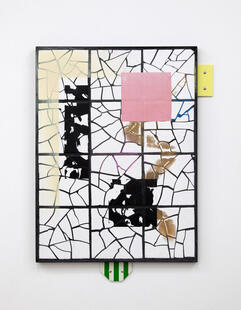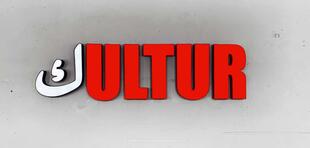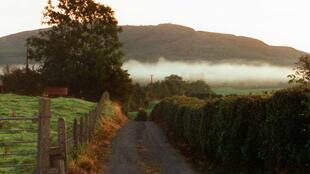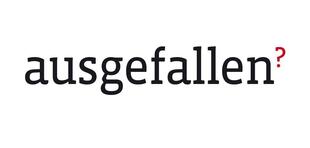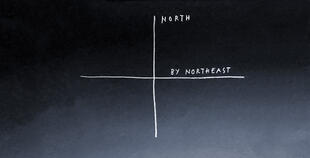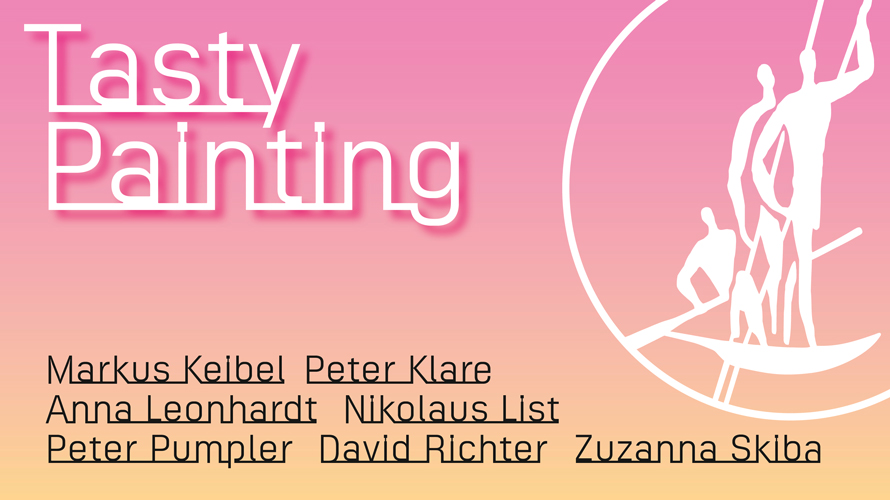
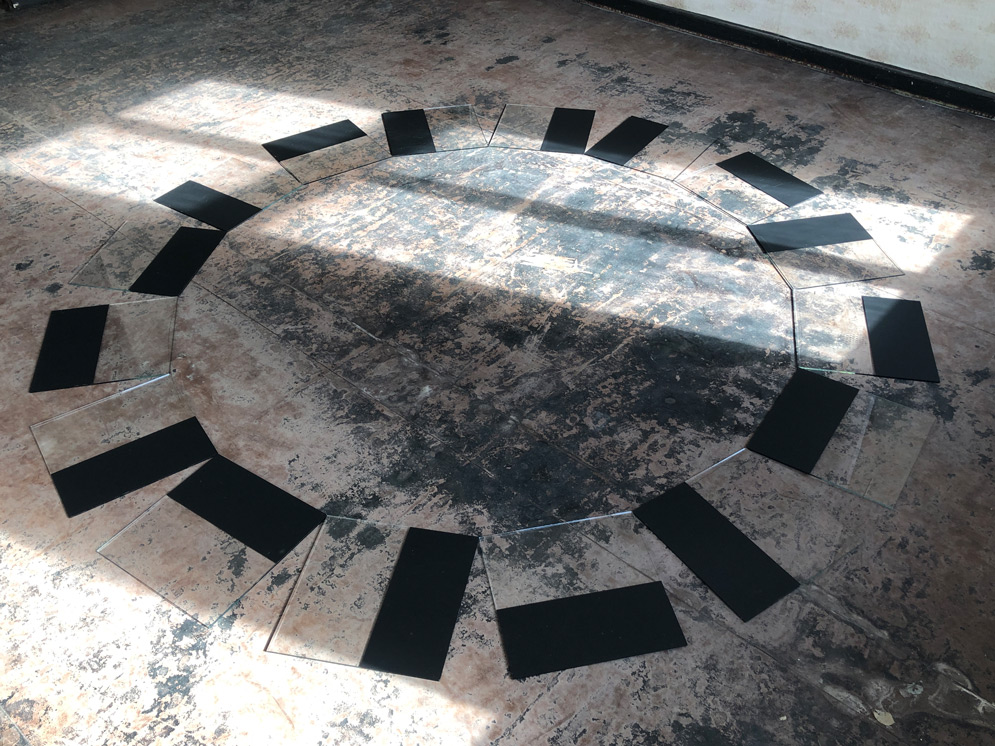
Markus Keibel, Line, 2019/2022
© Markus Keibel/VG Bild-Kunst Bonn 2022

Peter Klare, o.T., 2018
© Peter Klare/VG Bild-Kunst Bonn 2022
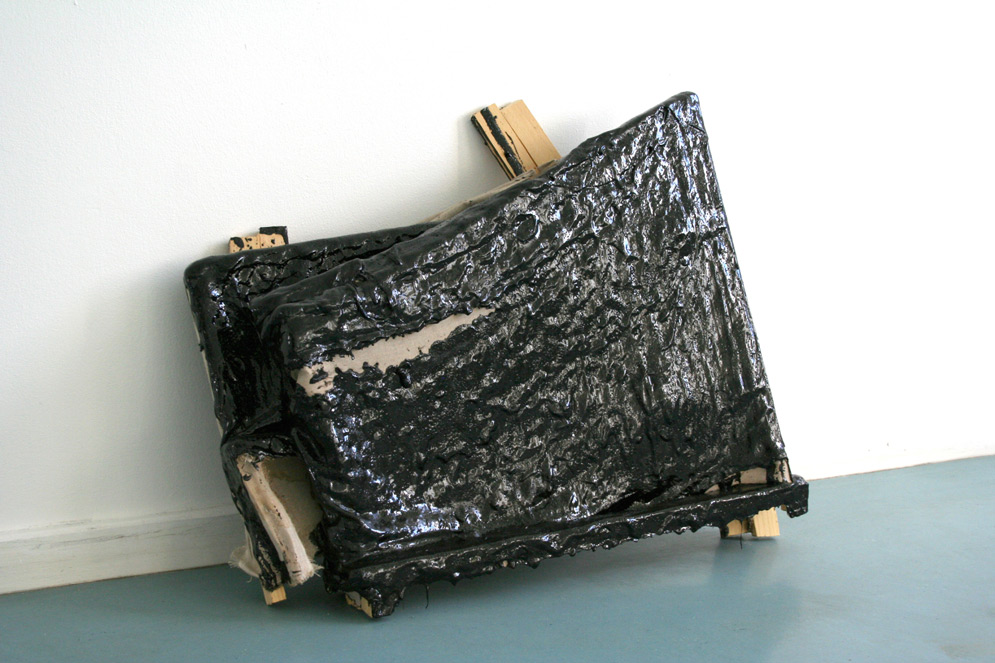
Peter Pumpler, Ghost II, 2013
© Peter Pumpler/VG Bild-Kunst Bonn, 2022
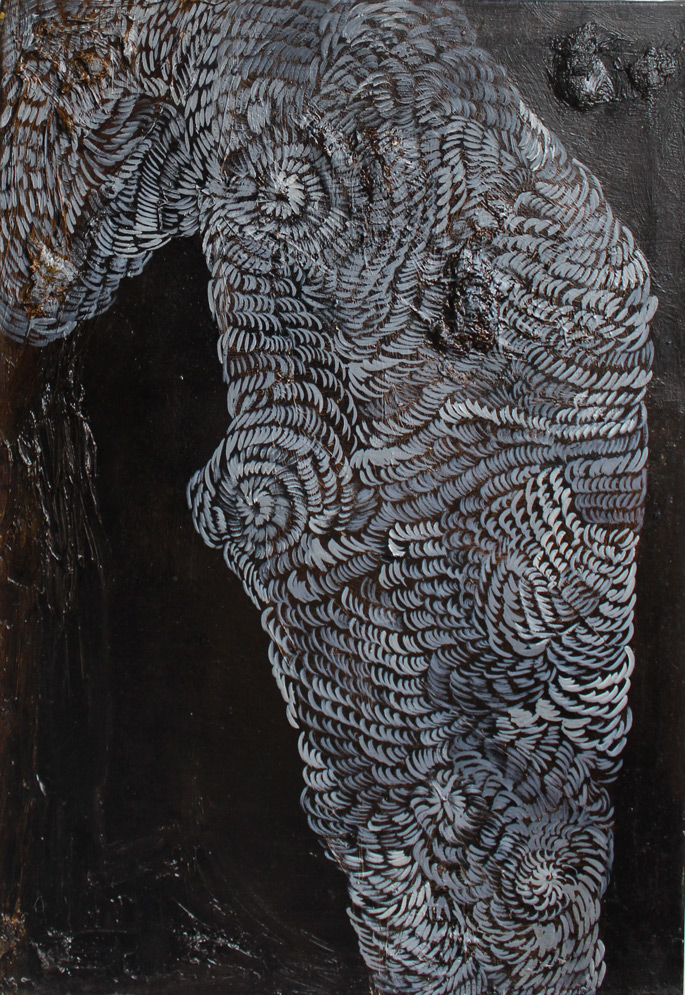
Zuzanna Skiba, Hotspot, 2018
© Zuzanna Skiba/VG Bild-Kunst Bonn 2022
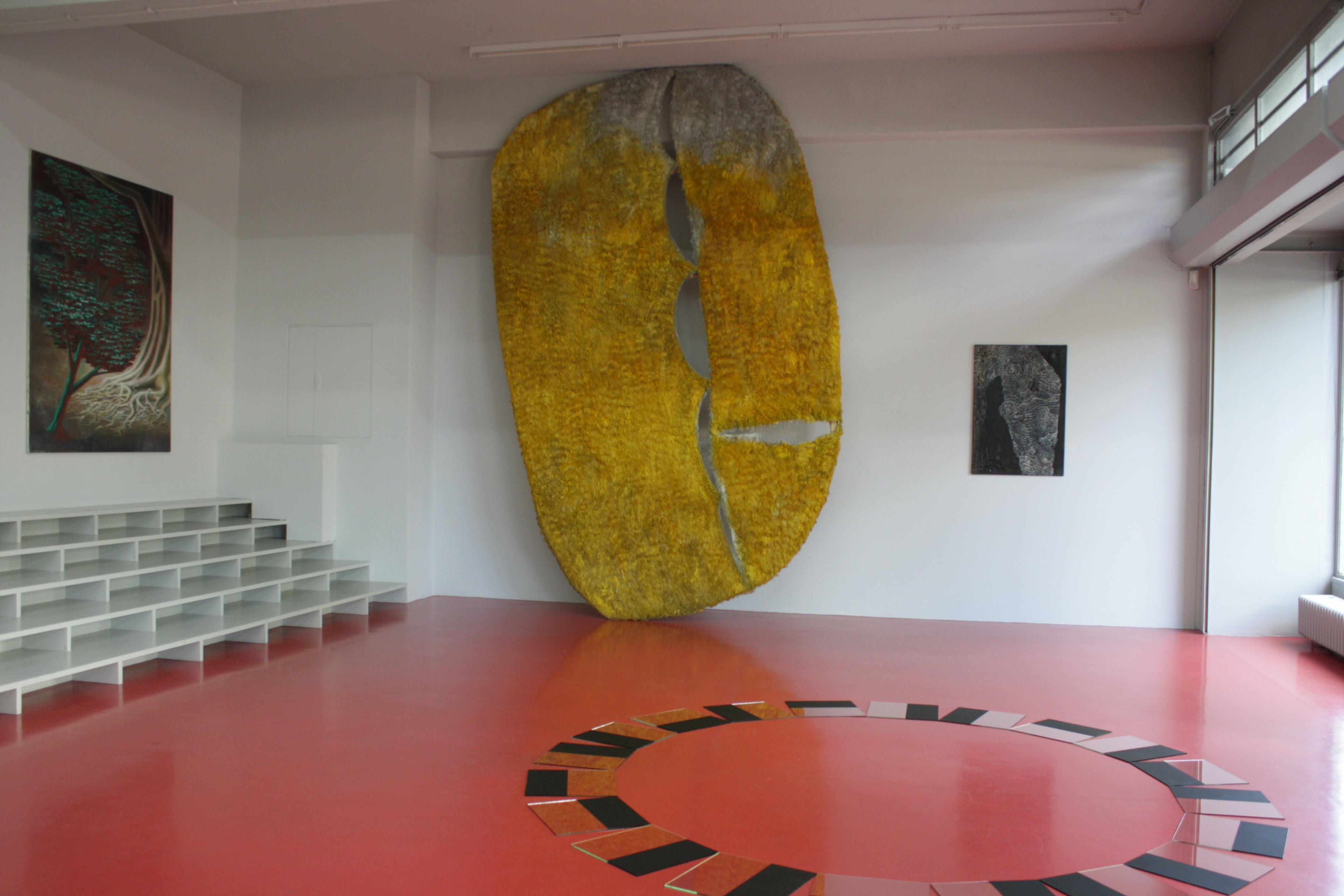
Exhibition view »TASTY PAINTING«, Deutscher Künstlerbund
Photo © Deutscher Künstlerbund
Nikolaus List, Lob des Schattens, 2015, © Nikolaus List; Peter Klare, untitled, 2018, © Peter Klare/VG Bild-Kunst Bonn 2022; Zuzanna Skiba, Hotspot, 2018, © Zuzanna Skiba/VG Bild-Kunst Bonn 2022; Markus Keibel, Line, 2019/2022, © Markus Keibel/VG Bild-Kunst Bonn 2022
Thursday, 22 September 2022 | 6 pm
Words of welcome: Philip Kojo Metz, executive committee, Deutscher Künstlerbund
Introduction: Nicola E. Petek, curator and writer
Guided tour and artist's talk
Friday, 7 October 2022 | 5 pm
with Zuzanna Skiba and Nikolaus List
Thursday, 24 November 2022 | 6 pm
Discussion with Dr. Paul Mellenthin, art historian, Potsdam University with Zuzanna Skiba, curator, and the artists Peter Klare, Anna Leonhardt and David Richter
Moderated by Sigrid Melchior, art historian
Hours of opening
Tuesday - Friday | 2 - 6 pm
and by arragement
Zestful or oily? Sweet or furry? The exhibition »TASTY PAINTING« goes in search of the flavour of contemporary painting. Physicality manifests directly on the surface, as panel painting is expanded and relaunched with great gusto.
Declared dead multiple times, painting is reasserting itself today with new confidence. No self-doubt, no calling itself into question, no attachment to aesthetic concepts. The painted image of the present faces its counterpart, both a site and a field of action. The creation of a philosophically charged illusory space full of metaphors has given way to tangible sensuality that deliberately puts the human and the corporeal centre stage.
Fresh, bold, playful, and above all provocative – this is how the works in the exhibition present themselves in the here and now. Be they abstract, fantastical or politically motivated, they share a strong desire to experiment with materials and formats. Substrates vary between canvas, faux fur and glass, using not only oils and acrylics, but also bitumen, tar and ash, building up layers that sometimes give the works an object-like quality. Whether cheerfully colourful or subdued in black, the marks made on the surface emphasize the pleasure taken in the material and in presentness.
The seven artists featured in the exhibition »TASTY PAINTING« give joyful existence to their subject matter. Their works address basic issues of painting, asking: What is a painting today? What makes a painting? The answers range between considered expression and spontaneity, between calm and turmoil. Self-assured and sensual, the works add their voices to contemporary discourse on painting.
Curated by Zuzanna Skiba
In his work, Markus Keibel (Berlin) deals with Enlightenment philosophy and with democracy as a form of government. After years of irrationality, conspiracy theories and populism, he sees the fragility of democracy as one of the great challenges faced by society in our time, as reactionary fear-mongering wreaks its destabilizing impact on private and public life. Line (2019) addresses this theme in its choice of material: a circle of glass panels painted with the ashes of a transcript of the United States Declaration of Independence (1776). The provocation of burning this humanist publication is deliberate: on the one hand, it refers to censorship and the resulting loss of knowledge and destruction of values, while also portraying a metamorphosis whose formal renewal unleashes a visionary force.
When Peter Klare (Berlin) chose faux fur as a substrate, he challenged more than just the dialectic of action and reaction in the painting process. Replacing the smooth surface with a fluffy material, whose texture itself creates depth, renders the search for spatial illusion obsolete. In the painting process, fur resists: partly because there is already something there, and partly because it responds wilfully. As the artist says, his brush applies the paint, and »the fur paints back«. This creates matted monochrome strands whose texture is both inviting and repellent. By changing the basic conditions in this way, Klare’s large-format works acquire an object-like character, bringing painting into the present.
Anna Leonhardt (Berlin and New York) refers to her painting as »space stuff«. Horizontal and vertical rectangles float across the picture surface in a balanced mix. Applied in impasto with fraying, crusted edges, they create a fabric of colour fields that shifts between geometry and abstraction. Leonhardt builds her works layer by layer, smears the oil paint with the knife, accepts blurring, and intuitively creates areas of colour that are in perpetual communication with one another. Free to move between tonality and materiality, the colours achieve a balance and a rhythm that points both to the physicality of painting and to the dialogue between artist and artwork.
Nikolaus List (Berlin) deals poetically with existential themes of painting, in particular the role of painted pictures in times of superabundant media imagery. In the artist’s view, the painting has its own language, offering both a communicating surface and a stage on which rhythms and structures become visible. Lob des Schattens (In Praise of Shadow) shows a fantastic, surreal scene bringing together two very different trees: one’s bright foliage and branches squeeze into the pictorial space, as if electrified, without touching the other’s bare trunk. This encounter sparks a conversation which, like the painting, alternates between error, illusion and clarity.
The works of Peter Pumpler (Berlin) speak of their own making, of paint as a material and as a three-dimensional volume. The process and its results are used as an analytical tool, forming the basis for a questioning of painting. Pumpler understands both paint and substrate as materials in a sculptural sense, rather than as means to an end. In his view, artistic means do not convey meanings or messages, and when they tell stories, then only stories about how the works (appear to have) come into being. Rather than being used to create a spatial illusion, paint becomes a picture in its own right. In this approach, the substrate becomes part of the search for composition and pictorial solution. Paint and support are picture, object, and statement in one, questioning our idea of painting with provocative ambivalence.
David Richter (Karlsruhe and Basel) makes work that is abstract and minimal, exploring the basic building blocks of painting: surface, colour, rhythm, structure, texture and form. In each of his pictures, the act of painting is present as both theme and content. With a generous lightness of touch, he applies paint without painting in the conventional sense. Instead, Untitled (2021) is a copy made by pressing the acrylics onto the primed canvas from a painted plate, as in the monotype process. Structures and layers become visible, adding tangibility. The resulting haptic gratification opens up new paths to the visual idiom of abstraction.
Zuzanna Skiba (Berlin) aims to create what she calls a »hotspot«, where an imagined encounter takes place between artist, artwork and viewer. Her abstract painting deals with invisible connections, exploring hidden forces and inner energies that become visible on the picture surface in free form. She views the painting process as a transformation of thoughts, memories and emotions, which she applies layer by layer, line by line. She uses different materials, including bitumen and oil, to combine fragments of two- and three-dimensionality into a single pictorial space. The works resemble sections of landscape, an expanse of impulses enriched with intellectual energy.

